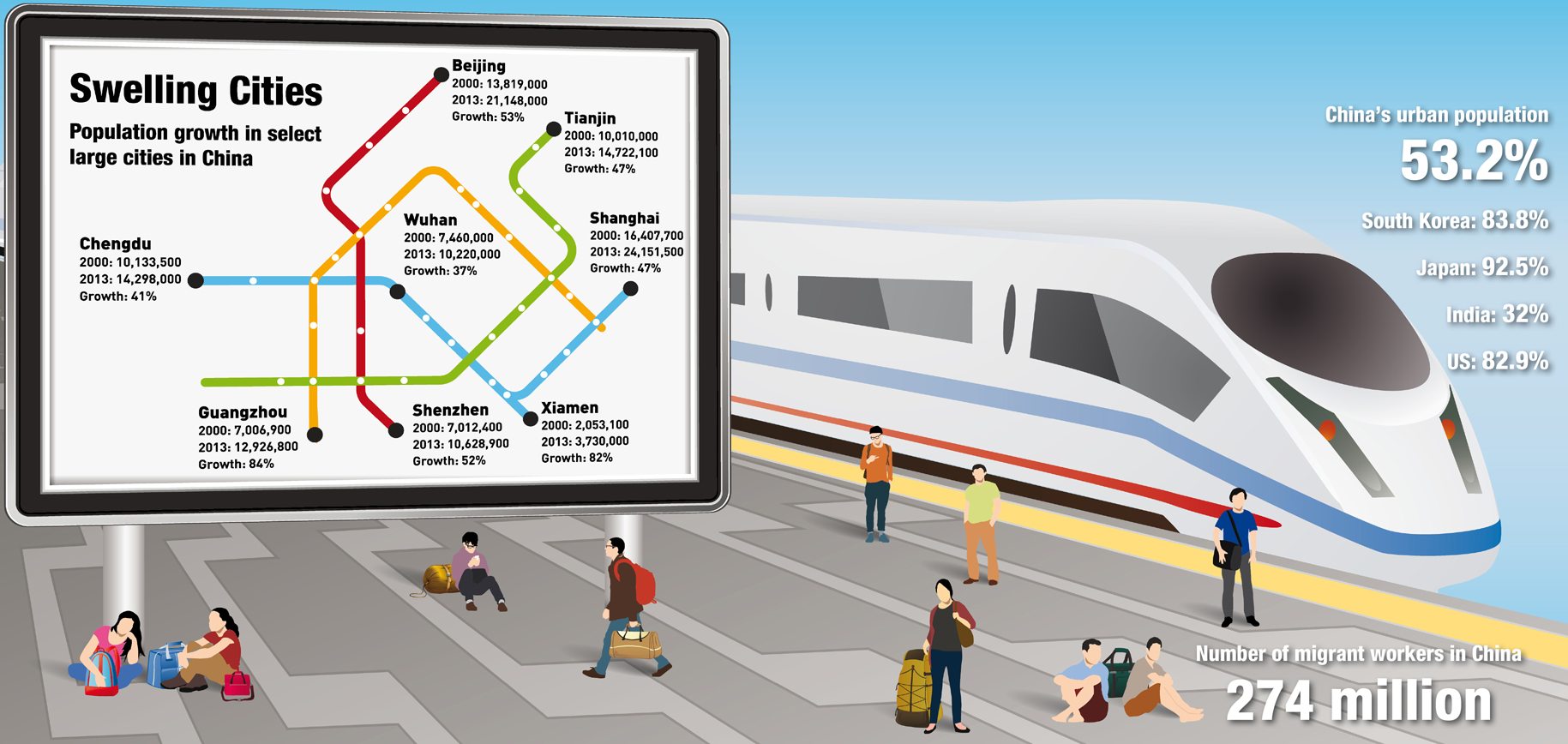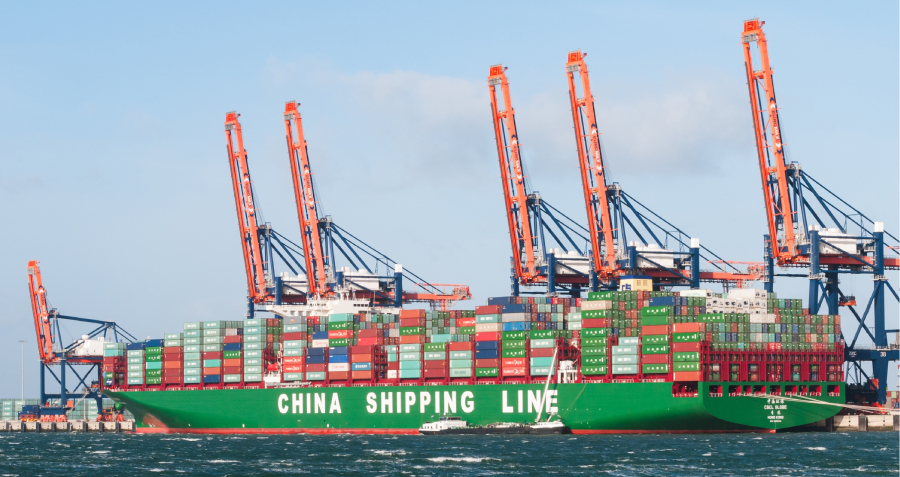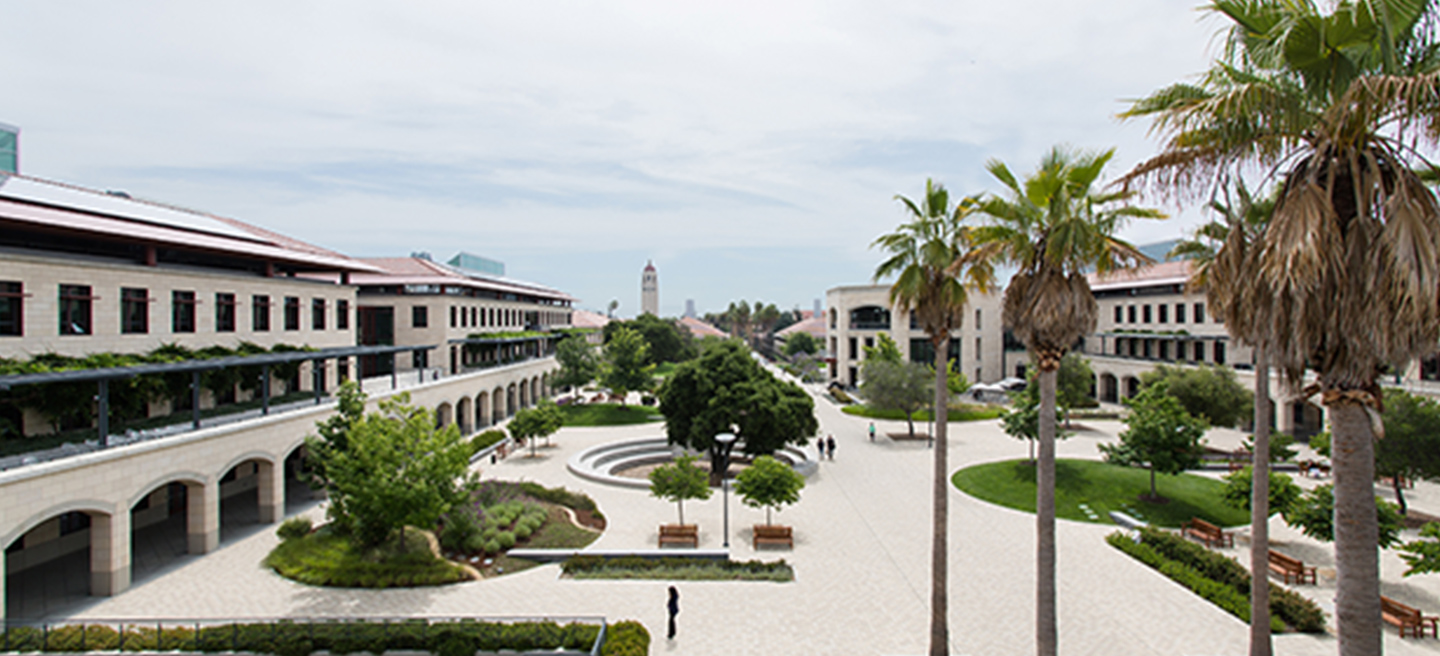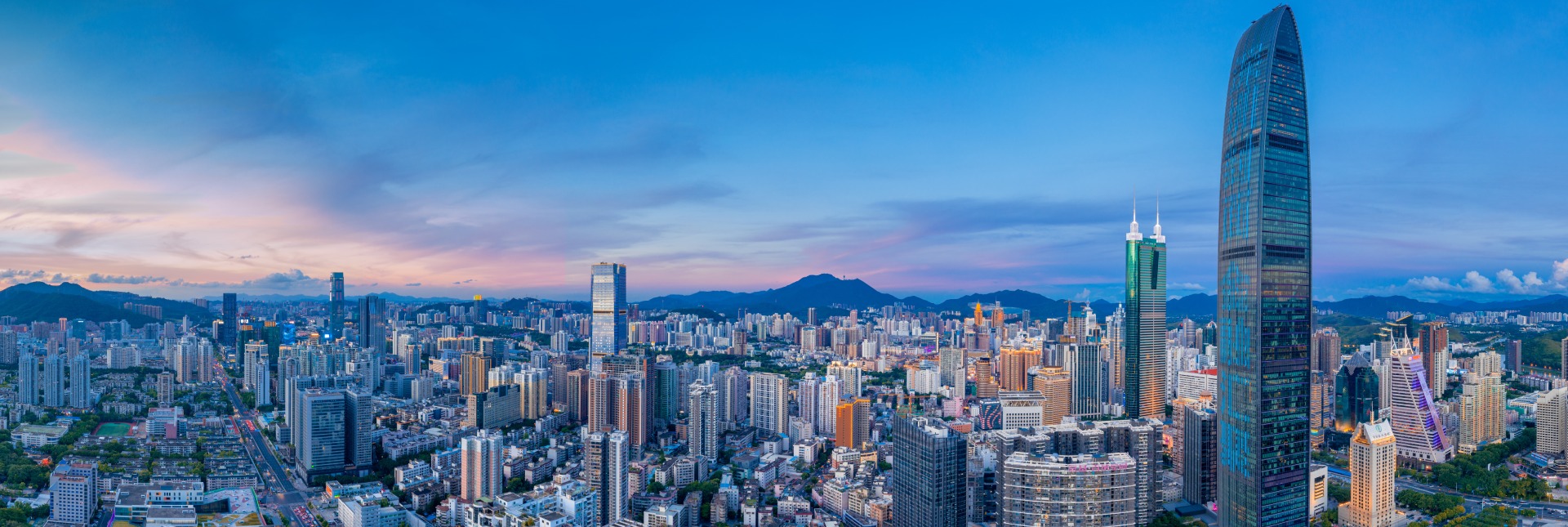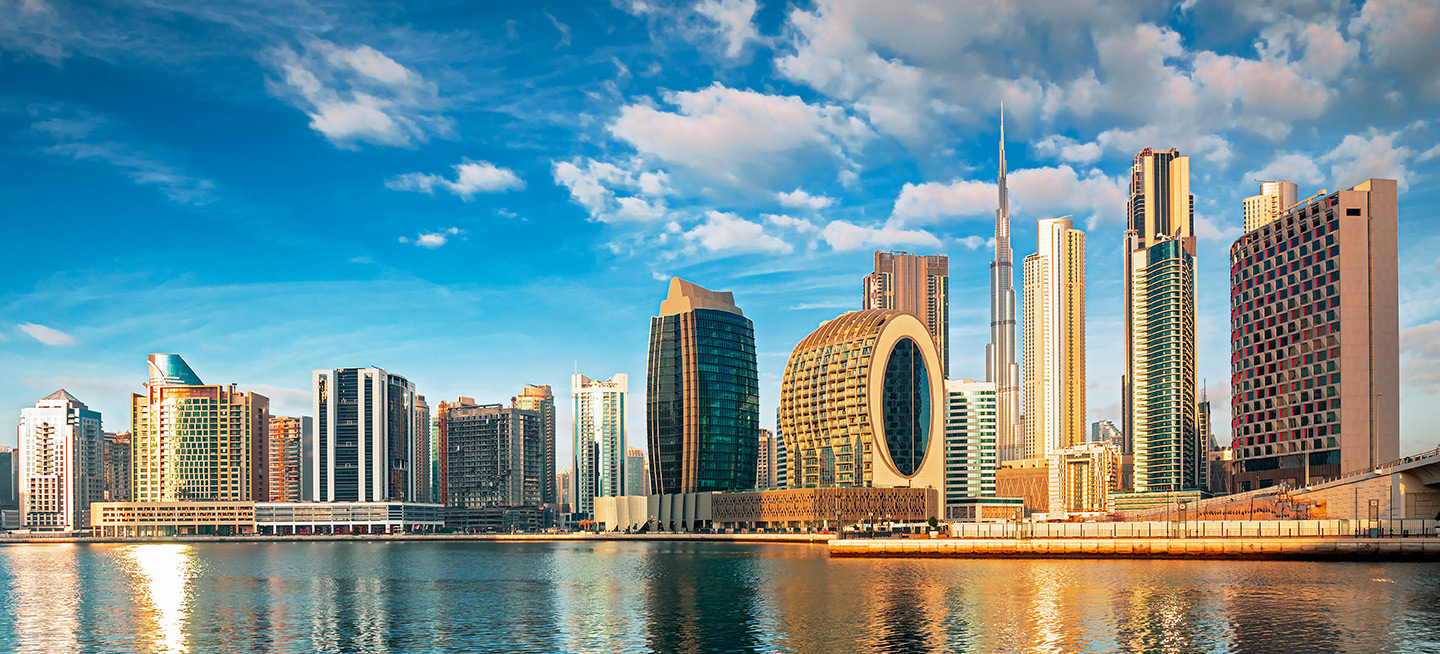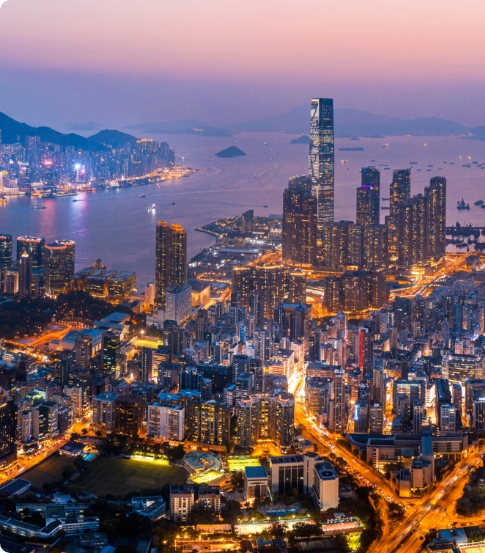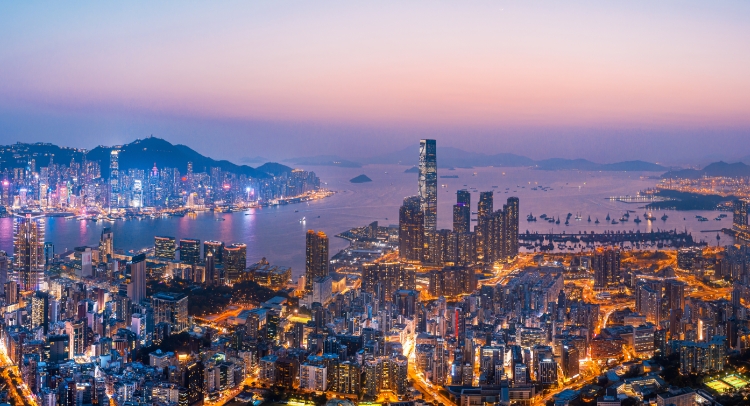The growing legions of migrant workers in China have had far reaching implications on the process of urbanization in China.
For the last two decades, China’s cities have exploded in size, the result of the largest and fastest migration in human history as hundreds of millions of people have moved from rural to urban areas in search of work and a better future. This urbanization process has had incalculable implications for Chinese society, economy and environment, as well as for the global economy, with Shenzhen, for example, rising from almost nothing to become one of the world’s leading economic hubs. And this process is still on-going and nowhere near finished—with over half of China’s people now city dwellers, the United Nations expects China to add a further 292 million people to its urban population by 2050.
Also read: The Business of Urbanization in China and China’s Urban Layers




